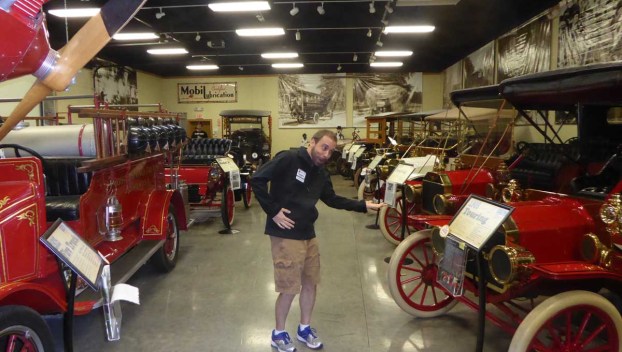
Uncategorized
Coffin House: Meeting at the ‘Grand Central Station of the Underground Railroad’
While researching a July trip to Indiana, we came across mention of an important safe house used by escaping African-American slaves in the mid-19th century. Read more

